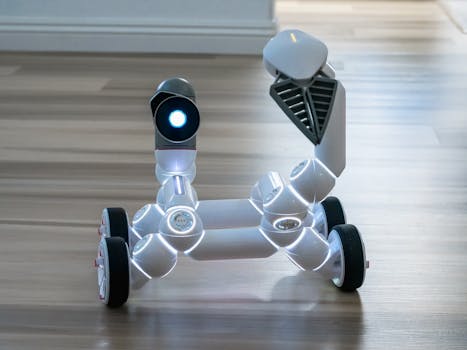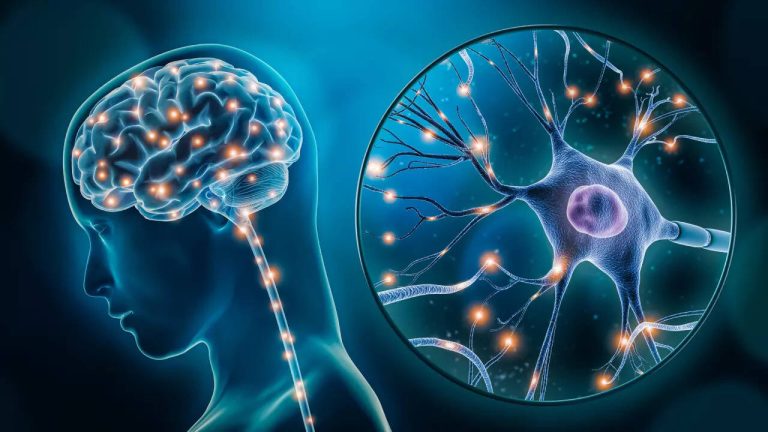
Smart Homes 2025: The Rise of AI-Driven Devices
Smart Homes 2025: The Rise of AI-Driven Devices is transforming the way we live, work, and interact with our living spaces. With the integration of artificial intelligence (AI) and the Internet of Things (IoT), our homes are becoming more automated, efficient, and convenient.
Introduction to Smart Homes
A smart home is a dwelling that is equipped with advanced technology and devices that can be controlled and monitored remotely. These devices can include thermostats, lighting systems, security cameras, and appliances, all of which can be accessed and controlled through a smartphone or computer.
The concept of smart homes has been around for several years, but it is only recently that we have seen a significant increase in the adoption of smart home technology. This is due in part to the growing availability of affordable and user-friendly devices, as well as the increasing awareness of the benefits of smart home technology.
The Rise of AI-Driven Devices
One of the key trends in smart home technology is the rise of AI-driven devices. These devices use machine learning algorithms to learn and adapt to our habits and preferences, allowing them to make predictions and take actions on our behalf.
For example, an AI-powered thermostat can learn our schedule and preferences, and adjust the temperature accordingly. Similarly, an AI-powered lighting system can learn our lighting habits and adjust the lighting levels and colors to create the perfect ambiance.
Benefits of Smart Homes
There are many benefits to having a smart home, including increased convenience, energy efficiency, and security. With smart home devices, we can control and monitor our homes remotely, which means we can adjust the temperature, turn on the lights, and arm the security system from anywhere in the world.
Smart homes can also help us save energy and reduce our carbon footprint. By using sensors and machine learning algorithms, smart home devices can optimize energy consumption and reduce waste.
Examples of AI-Driven Devices
There are many examples of AI-driven devices that are available for smart homes, including:
- Amazon Echo and Google Home: These are voice-controlled assistants that can control and monitor smart home devices, play music, and provide information.
- August Smart Lock: This is a smart lock that can be controlled and monitored remotely, and can also learn our habits and preferences to provide personalized access control.
- Philips Hue: This is a smart lighting system that can be controlled and monitored remotely, and can also learn our lighting habits and adjust the lighting levels and colors accordingly.
Conclusion
In conclusion, Smart Homes 2025: The Rise of AI-Driven Devices is transforming the way we live, work, and interact with our living spaces. With the integration of AI and IoT, our homes are becoming more automated, efficient, and convenient. As the technology continues to evolve, we can expect to see even more innovative and exciting developments in the world of smart homes.

